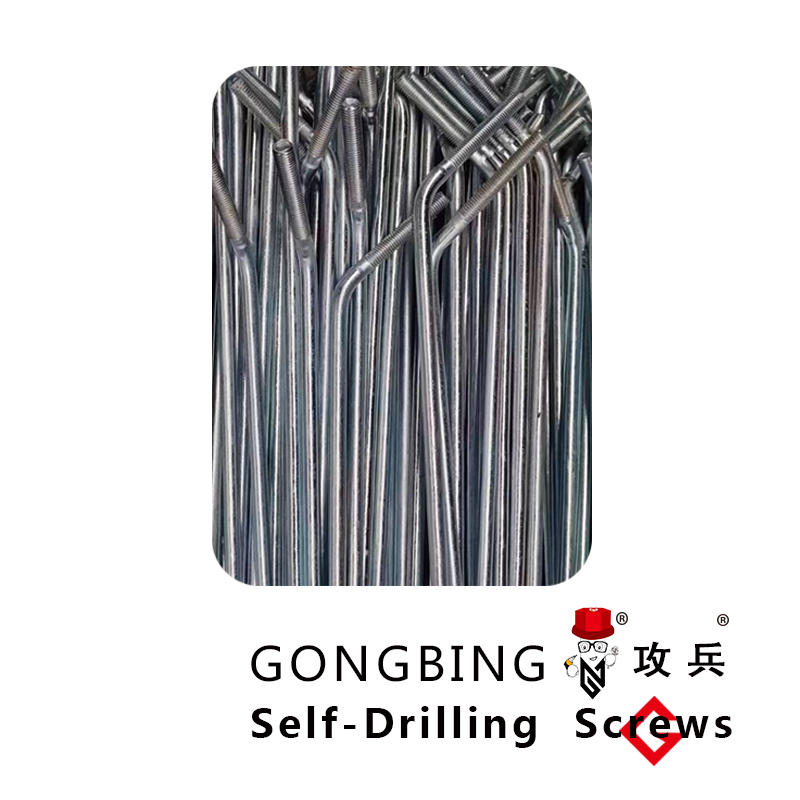Nails Designed for Enhanced Insulation Performance and Energy Efficiency Solutions
Nails for Insulation A Vital Component in Energy Efficiency
In the modern construction industry, energy efficiency has become a significant concern for builders and homeowners alike. With rising energy costs and increased awareness of environmental impact, the need for effective insulation solutions is more pressing than ever. While many focus on the materials used for insulation, the role of components such as nails in securing these materials is often overlooked. Specifically, nails for insulation are crucial in efficient installation and performance of insulation materials.
When discussing insulation, one often envisions materials like foam boards, fiberglass batts, or spray foam. However, the effectiveness of these materials can be severely compromised if not installed properly. Securely fastening insulation to walls, roofs, and floors is essential for reducing thermal bridging – the process by which heat escapes through materials that conduct energy more efficiently than insulated ones. The right type of nails can ensure that insulation remains in place, enhancing the overall performance of a building’s thermal barrier.
Nails specifically designed for insulation typically have some distinct features that set them apart from standard nails. They often come with larger heads or flanges to prevent them from pulling through the insulation. This is especially important when working with softer insulating materials like polystyrene or fiberglass, which can be easily damaged or displaced by improperly sized fasteners. Additionally, the materials from which these nails are made can vary; stainless steel or galvanized options are preferred for their resistance to rust and corrosion, ensuring longevity in diverse climates and conditions.
nails for insulation

Another aspect to consider is the method of installation. Some insulation types may require specific types of nails or fasteners to achieve optimal results. For instance, when installing rigid foam insulation on exterior walls, cap nails, which have a larger surface area, are often employed. These not only hold the insulation in place but also help to create a tighter seal against air leaks, further improving the insulation's effectiveness.
Furthermore, using the right nails plays a crucial role in maintaining the integrity of the insulation system throughout its lifespan. Over time, improper fastening can lead to sagging or gaps forming in the insulated areas, which diminishes the material’s ability to provide thermal resistance. Regular inspections and maintenance of insulation systems, including checking the condition and placement of fasteners, are necessary to ensure ongoing energy efficiency.
The importance of nails for insulation extends beyond mere functionality; it also impacts the overall cost-effectiveness of a building. Properly installed insulation contributes to significant energy savings by reducing heating and cooling expenses. In a world where energy efficiency is becoming a standard requirement for new constructions, understanding the role of every component, including nails, can lead to more sustainable and cost-effective building practices.
In conclusion, while insulation materials are often the focus of conversation surrounding energy efficiency, the importance of nails used for securing these materials should not be underestimated. They are an integral part of the system that ensures insulation performs as intended. By choosing the right type and ensuring proper installation, builders and homeowners can significantly enhance their energy savings and support a more sustainable future. As a result, investing in quality nails for insulation is not just a minor detail; it is a step towards creating a more energy-efficient and environmentally-friendly living space.
-
Weatherproof Plastic Expansion Anchors for OutdoorTala FouJun.06,2025
-
Sustainability in the Supply Chain: Eco-Friendly TEK Screws ProductionTala FouJun.06,2025
-
Load-Bearing Capacity of External Insulation FixingsTala FouJun.06,2025
-
Double Head Bolts: Enhancing Efficiency in Industrial MachineryTala FouJun.06,2025
-
Corrosion Resistance in Chipboard Screws: Coatings for Wholesale DurabilityTala FouJun.06,2025
-
Butterfly Toggle Bolts : Enhancing Structural ResilienceTala FouJun.06,2025
